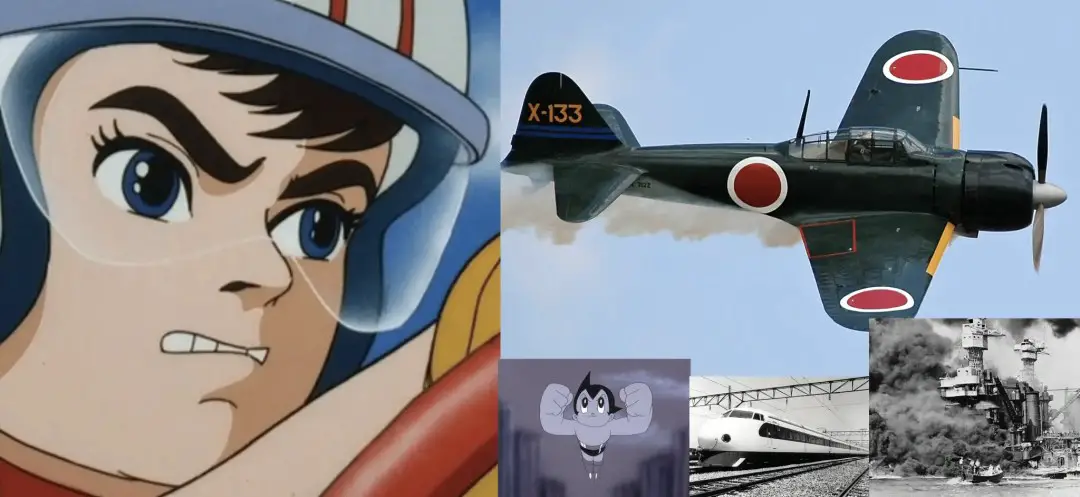The Showa Era is an interesting period in Japanese history. However, it can also be confusing to understand.
In many ways, there were actually two Showa eras. World War II is the obvious dividing point between early and late Showa.
These two periods are diametrically opposed. The military expansion and war years (1926-1945) bear little resemblance to the postwar years (1945-1989). You could also divide late Showa into postwar “Economic Miracle” recovery Japan, and the more recent financial bubble years.
Table of Contents
- Showa Summary
- Early Showa: Prelude to War
- The War Years
- Late Showa: Postwar Occupation
- Recovery and the Economic Miracle
- Showa Culture and the World
Showa Summary
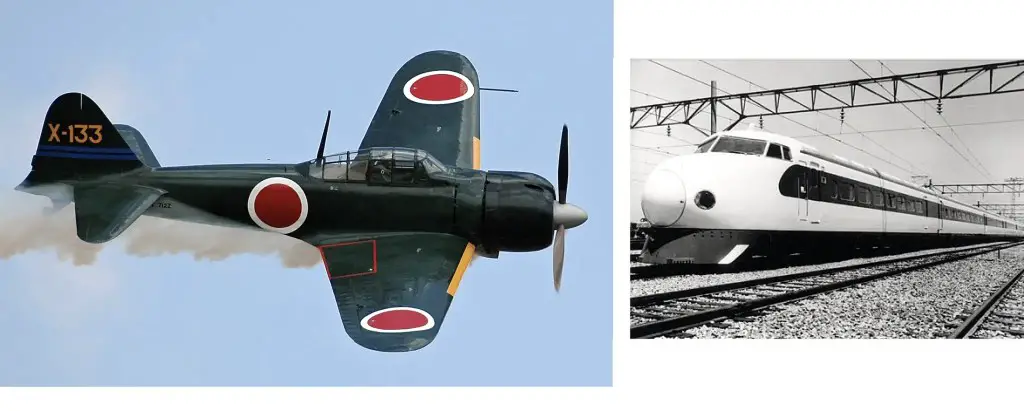
The Showa Era is named for the emperor who reigned during the period — Hirohito, a.k.a. Showa. The era lasted from 1926 to 1989.
The Showa Era came after the liberal, modernizing Taisho Era (1912-1926). And it was followed by the fairly recent “post-economic bubble” Heisei Era (1989-2019). Hirohito reigned for longer than his grandfather (Meiji), his father (Taisho), or his son (Heisei).
Anyone who survives for 62 turbulent years is going to see some changes during that period, and Hirohito witnessed some major ones.
First, there were the militaristic, nationalistic, and conservative years leading up to World War II. In this period, the military led Japan into a dangerous and deadly confrontation with the United States — one which would end in defeat, death, and destruction.
Then there was the pacifist postwar Showa. This era was dominated by economic recovery, followed by a hegemonic economic bubble powered by new technology, and pop culture. It was the era of Sony, Nintendo, and Honda; but also Godzilla, Hello Kitty, and anime.
In other words, Japan first attempted military dominance and failed. It then recovered Phoenix-like to obtain economic power.
Early Showa: Prelude to War
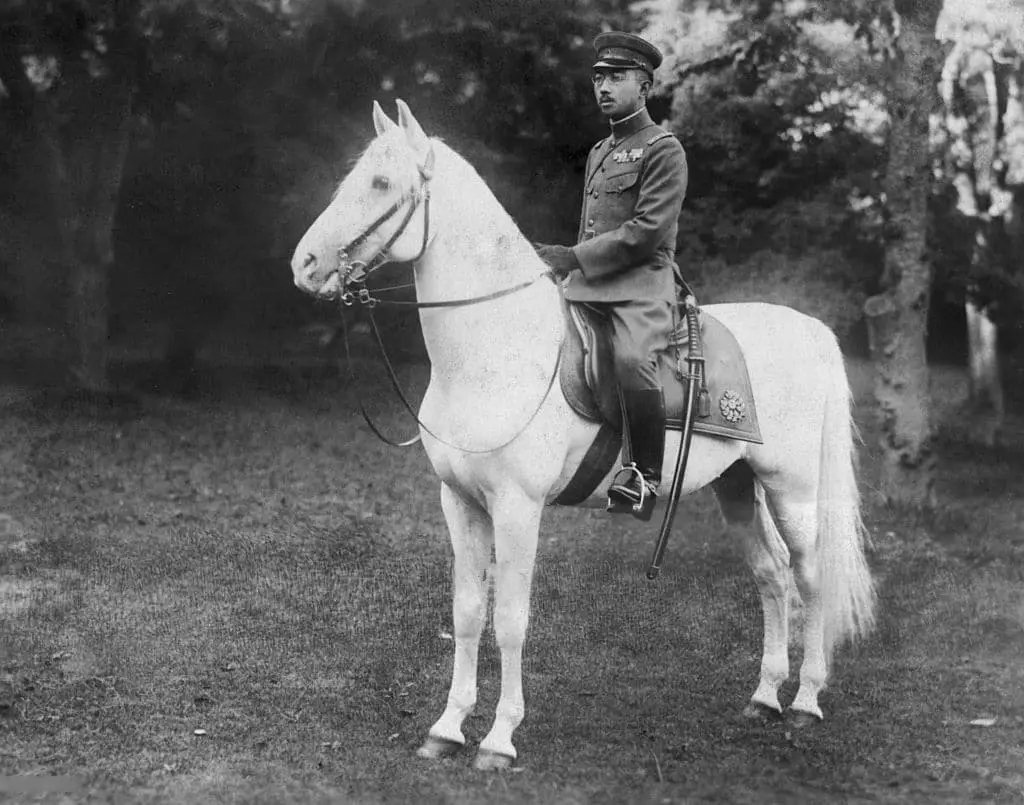
In many ways, the Taisho Era was much more liberal than the nationalistic years that would follow. So what happened?
For one thing, Japan faced an economic crisis in 1927, two years before the start of the Great Depression. This was a financial disaster, but it helped the monopolistic zaibatsu.
In addition, after the 1917 Soviet revolution, fears about communism loomed large, especially in the minds of conservatives. They pushed Japan to roll back earlier liberal reforms. Nationalist groups grew more popular.
After World War I, Japan also had strained relations with many Western nations. As a powerful Asian country, Japan sought equality with other nations, a concept which clashed with the European colonial mindset. In addition, Japan argued with the U.S. over racism and immigration. These issues caused Japan to become more isolated, and further strengthened the nationalists.
In the early Showa Era, Japan faced economic hardship and unrest at home, and growing tension in international politics. During the 1930s, these problems gave conservative nationalists and the military opportunities to wield increasing control.
Japanese nationalists promoted popular Bushido warrior values in their propaganda. They also used State Shinto ideology — a conservative, nationalist political hijacking of Shinto religious beliefs, especially the idea of the “divine emperor.” These ideas helped push Japan toward aggressive military expansion and war.
The War Years
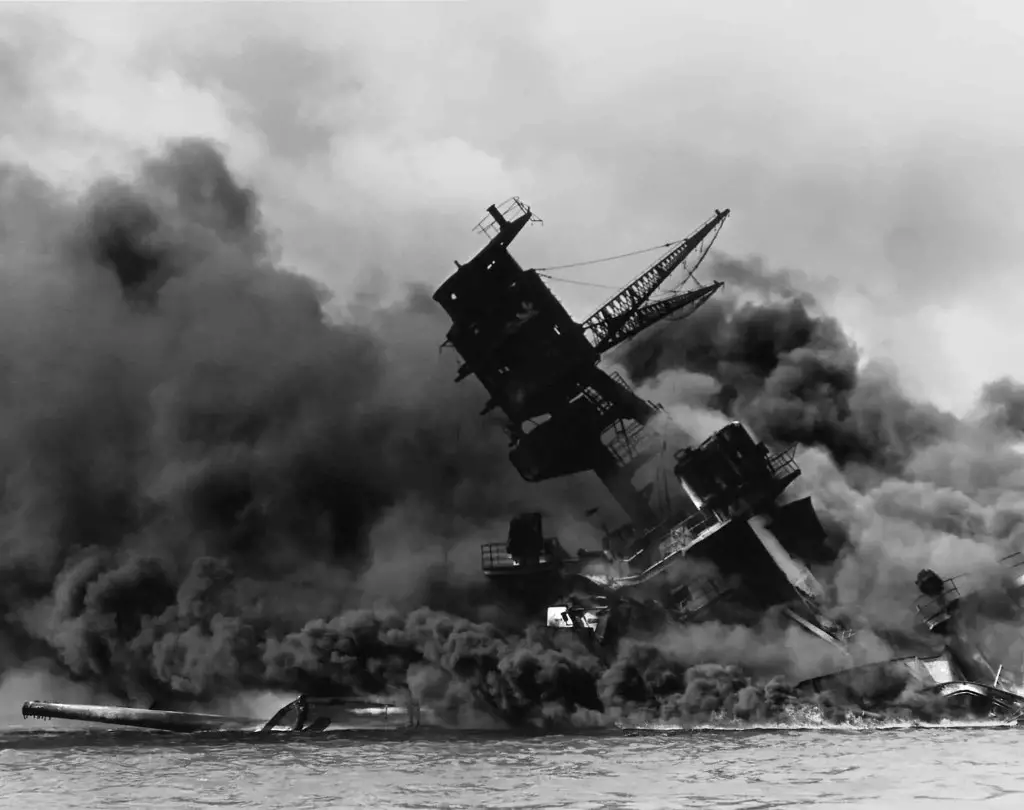
Note: The following section provides a brief overview of Japan’s involvement in World War II. I apologize that we don’t have enough space to discuss the war in detail, including the heroics of American, British, and Chinese armed forces in Asia, or the atrocious and brutal war crimes committed by Japanese soldiers.
For Japan, World War II really began in 1931 with the Mukden Incident. This was a false flag operation which the military used as an excuse to invade Manchuria. (Japan already had partial control over Manchuria.)
After the invasion, Japan set up a puppet state, Manchukuo. Starting in 1934, Manchukuo was “ruled” by Puyi, China’s last emperor.
In 1936, Japan joined Nazi Germany in a predecessor to the Axis Powers’ Tripartite Pact of 1940. By this time, the military was in de facto control of the increasingly powerless civilian government, even though various coup d’etat attempts had failed.
In 1937, the Japanese army invaded China, fighting against both Chiang Kai-Shek’s Nationalists and Mao Zedong’s Communists.
Starting in 1940, Japan promoted the Greater East Asia Co-Prosperity Sphere, a euphemism for Japan’s aggressive military expansion. Over the next few years, Japan would invade much of Southeast Asia, from the Philippines to Burma.
In 1941, the United States entered the war after Japan attacked Pearl Harbor, Hawaii.
The death toll from the war was huge. China alone lost an estimated 20 million people (both soldiers and civilians).
The war ended after the U.S. dropped atomic bombs on Hiroshima and Nagasaki in August 1945.
Late Showa: Postwar Occupation
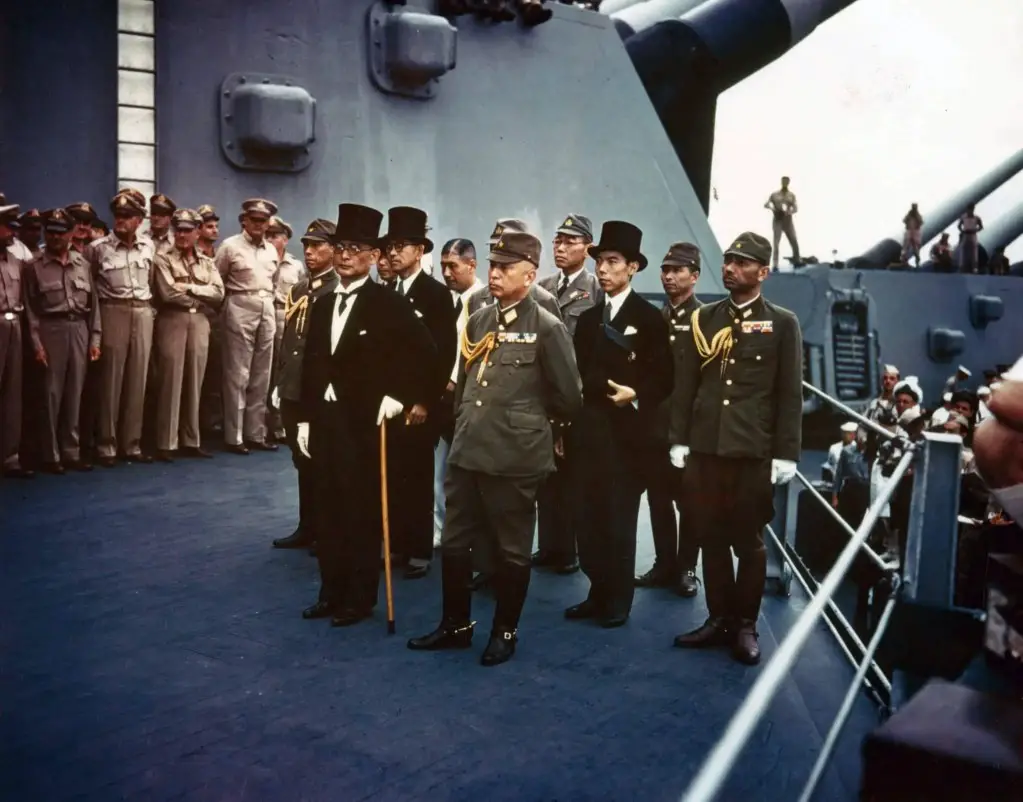
When Japan surrendered, the terms of surrender included the U.S. occupation of Japan, which lasted until 1952.
Postwar Japan desperately needed help. People were starving. Destroyed cities needed to be rebuilt. Supply chains had been cut, which often left yakuza-controlled black markets as the only alternative.
During the occupation, Japan adopted a new “pacifist” Constitution, which prohibited Japan from ever waging war. Militaristic and nationalist symbols were banned. The emperor also lost power. However, he was allowed to remain as a politically useful, but powerless “symbol of the state.”
Women also gained voting rights, and were encouraged to enter the workforce.
America wanted Japan to be a strong ally against communism. Rebuilding the economy was vital.
The postwar government convinced many powerful zaibatsu family conglomerates to break up into smaller companies. In some cases, the zaibatsu reorganized themselves into keiretsu — loosely-organized, interlocking networks of corporations and their subsidiaries.
Japan reformed education in schools and colleges. Loose, “over-loaning” bank policies pushed forward industrialization. The new keiretsu also helped by promoting cooperation, rather than cutthroat competition.
Recovery and the Economic Miracle
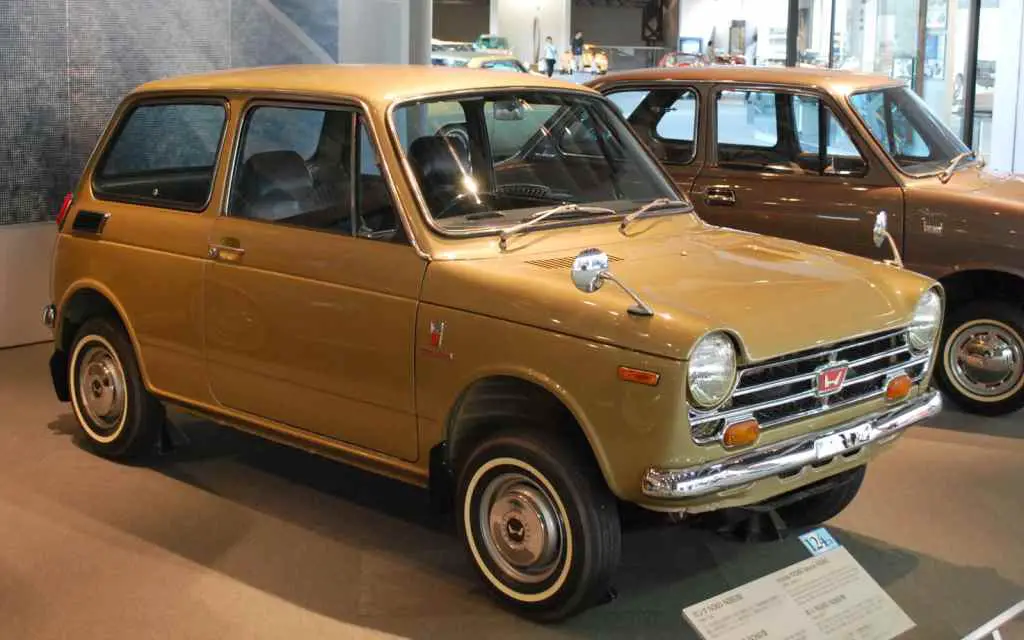
Postwar Japan was struggling, but prepared for growth. Sony started out as an electronics store in 1946, and began selling its own brand of radios in 1955.
In 1946, Soichiro Honda used war surplus engines to build motorized bicycles; in 1948, he established the Honda Motor Co.
The postwar reconstruction of Tokyo concentrated on the growth of Yamanote Line “satellite” districts, such as Shibuya, Shinjuku, and Ikebukuro. In 1964, Tokyo hosted the Summer Olympics, and opened the high-speed “bullet train” to Osaka.
By the 1960s, Japan was exporting a lot of new products (while protecting the domestic market). Japanese cars, which were smaller and fuel efficient, were helped by rising gas prices in the 1970s.
In the 1970s, Japanese companies such as Taito, Namco, Sega, and Nintendo helped create the first video game craze.
Showa Culture and the World
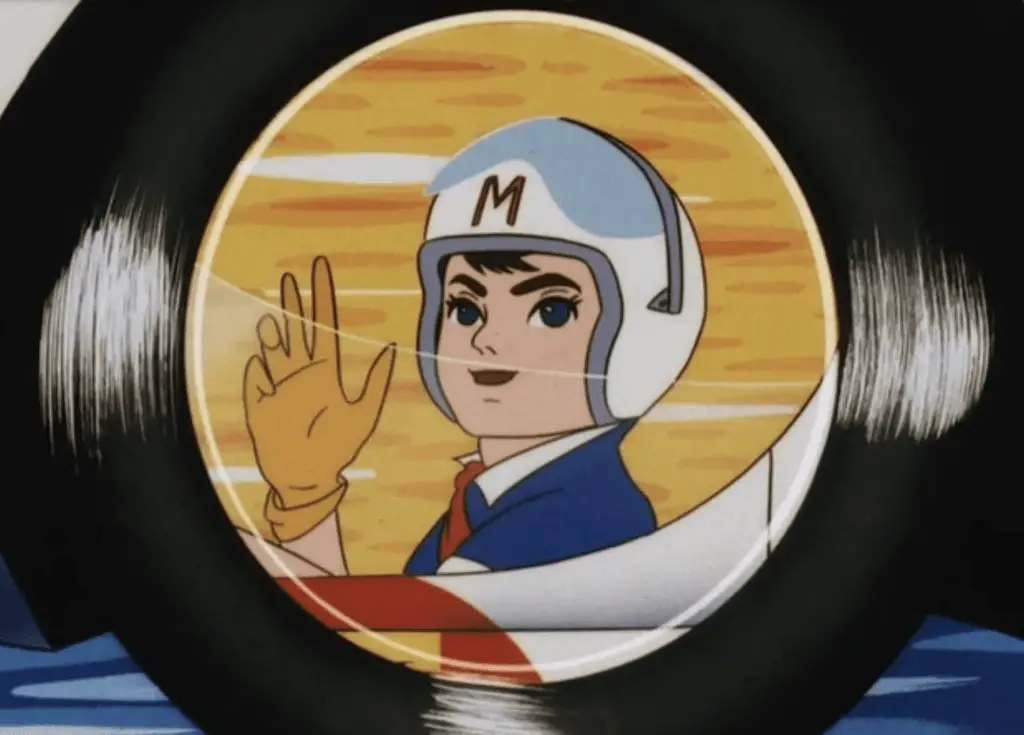
Postwar Showa Japan exported tons of culture as well. For example:
- Toho’s Godzilla made his first movie appearance in 1954. He arrived in the U.S. in 1956.
- Akira Kurosawa’s film Seven Samurai (1954) became the basis for The Magnificent Seven (1960), while Kurosawa’s The Hidden Fortress (1958) influenced Star Wars (1977).
- Osamu Tezuka’s Astro Boy (Tetsuwan Atomu) first aired in 1963.
- Kimba the White Lion first aired in 1965 (broadcast in the U.S. in 1966).
- Speed Racer zoomed into U.S. TV sets in 1967.
- Sanrio’s Hello Kitty was born in 1974.
- Gatchaman changed into Battle of the Planets in 1978.
- The first Gundam anime series aired in Japan in 1979. It was followed by Macross in 1982, which became Robotech in America in 1985.
- In 1984, Hasbro transformed Takara’s toy robots into the Transformers toys and cartoon franchise.
This list doesn’t include Dragon Ball, which first aired in 1986, but wouldn’t reach America until the 1990s. Rumiko Takahashi’s Urusei Yatsura waited from 1981 to 1992 before being licensed in the U.S.
You’ll notice that a lot of these examples featured science-fiction technology. Postwar Japan imagined a future filled with robots, and other futuristic things.
Conclusion
So that was the Showa Era — an era of aggressive military expansion and peaceful economic growth; Astro Boy and atomic bombs; Mitsubishi Zeros and Honda Civics. The anime world that we know today was born during the Showa Era.
For better or for worse, it’s an era which continues to resonate today.

